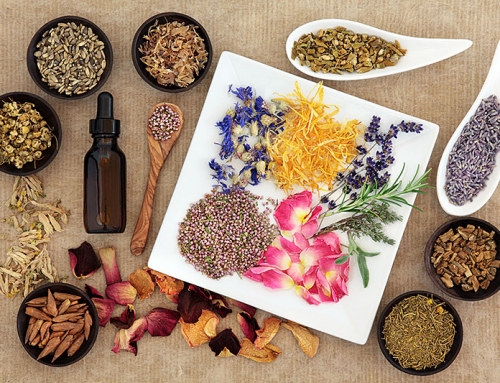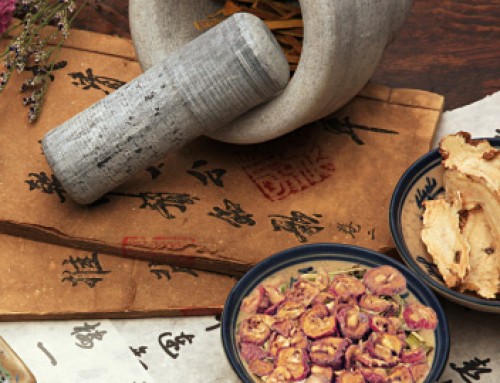仙鶴草
Agrimony (Xianhecao)
Pharmaceutical Name: Herba Agrimoniae
Botanical Name: Agrimonia pilosa Ledeb. Nakai
Common Name: Agrimony
Source of Earliest Record: Diannan Bencao
Part Used: The entire plant is gathered in summer or autumn. It is cleaned, dried in the sun and cut into pieces.
Natural Properties & Taste: Bitter, astringent and neutral
Meridians: Lung, liver and spleen
Therapeutic Effects:
1. To stop bleeding.
2. To relieve dysentery.
3. To kill parasites.
Indications:
1. Hemorrhages due to extravasation of blood by heat manifested as cough with blood, vomiting with blood, epistaxis, hematuria, bloody stool and uterine bleeding. Agrimony (Xianhecao) is used with Fresh rehmannia root (Shengdihuang), Moutan bark (Mudanpi), Capejasmine (Zhizi) and Biota tops (Cebaiye).
2. Hemorrhages due to deficient yang qi leading to failure of the spleen to control blood, which results in bloody stool or uterine bleeding. Agrimony (Xianhecao) is used with Ginseng (Renshen), Astragalus root (Huangqi) and Prepared rehmannia root (Shudihuang).
3. Trichomonas vaginitis with itching; 120 g of the herb is prepared in decoction, a cotton ball soaked in the decoction is then put into the vagina for 3-4 hours. Treatment is given once daily for one week.
Dosage: 10-15 g






